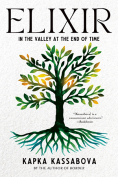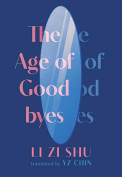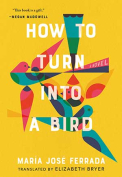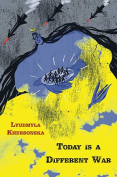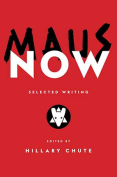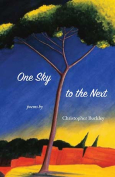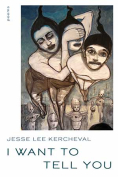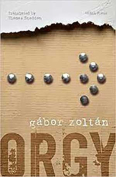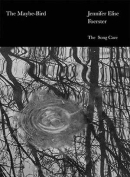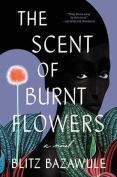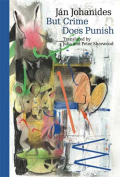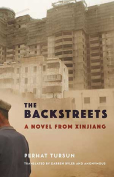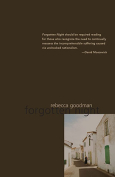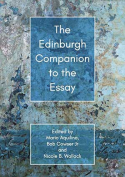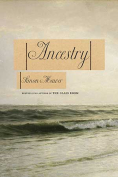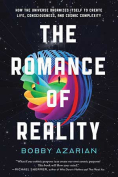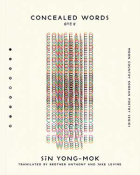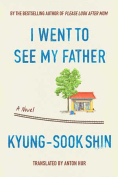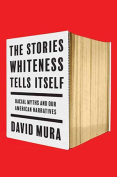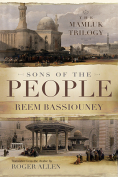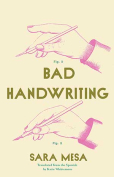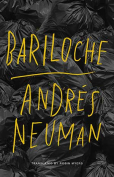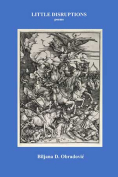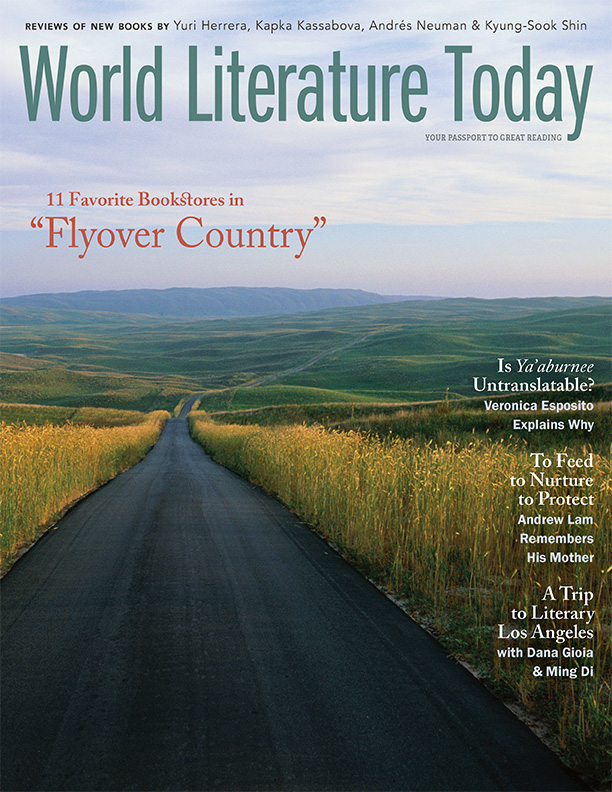Maus Now: Selected Writing
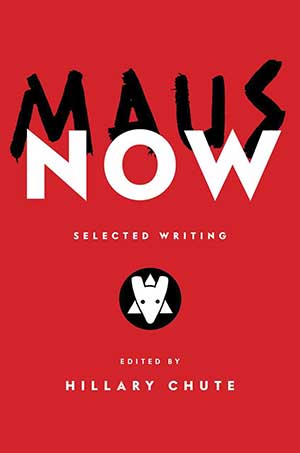 New York. Pantheon. 2022. 394 pages.
New York. Pantheon. 2022. 394 pages.
Ever since Art Spiegelman’s Maus first appeared—part 1 in 1986, part 2 in 1991—critics and readers have been arguing about it. The starting point for these discussions is usually, “Is it appropriate to portray the Holocaust in a graphic novel?” (When asked by a reporter in Germany if he felt a comic book about Auschwitz was in bad taste, Spiegelman replied, “No, I thought Auschwitz was in bad taste.”) Then come the rest of the issues: Is this a good graphic novel? Is the history distorted? What about those mice? Can history accurately be captured in the first person? And on it goes.
As noted, since its publication, Maus has rarely been absent from the cultural conversation, and, as recently as 2022, it was banned from an eighth-grade English language arts curriculum in Tennessee. Hence the appearance of Maus Now is most welcome and appropriate. Hillary Chute, who collaborated with Spiegelman on MetaMaus in 2011, has collected twenty-one essays about Maus in one volume. Written by journalists and academics, the collection includes several pieces from Germany and Israel that have never before been translated into English.
The three sections, Contexts, Problems of Representation, and Legacy, are vaguely chronological and include many of the most famous essays on Maus, including the scholar Marianne Hirsch’s seminal essay “My Travels with Maus, 1992–2020,” in which she invented the term “postmemory,” which “characterizes the experience of those who grow up dominated by the narratives that preceded their birth.” In this way she typifies not only Spiegelman but many second-generation survivors. Michael Rothberg’s essay, “‘We Were Talking Jewish’: Art Spiegelman’s Maus as ‘Holocaust’ Production,” begins with Philip Roth and goes on to interrogate the question of Jewish identity via Maus and its various modes of representation. Terrence Des Pres, in his classic essay, “Holocaust Laughter,” asks that we look at Tadeusz Borowski, Leslie Epstein, and Spiegelman in light of Holocaust etiquette raising questions of whether laughter is permissible given the subject. And Adam Gopnik, in the beautifully crafted “Comics and Catastrophe: Art Spiegelman’s Maus and the History of the Cartoon,” connects Maus with the medieval religious art of the Birds’ Head Haggadah.
These wide-ranging essays include various exegeses of drawings and words as well as detailed analysis of the graphic techniques employed in Maus. Hillary Chute’s “‘The Shadow of a Past Time’: History and Graphic Representation in Maus” does an excellent job of this, teaching us to read graphically as she analyzes various panels and pages. Stephen E. Tabachnik’s “Of Maus and Memory” provides an incisive analysis of the visual and verbal techniques Spiegelman employs.
I’ve mentioned only a few in a selection of essays that is superb and an important resource for any serious student of Spiegelman’s work. I would have liked the original publication source of each essay included with the piece itself, but that’s a small frustration in an otherwise excellent collection. Anyone interested in Maus would do well to turn to this volume.
Rita D. Jacobs
New York City

